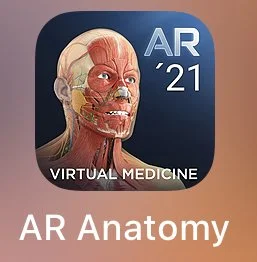Squads & Scenarios
Squads rotate through scenarios. Usually, one Squad runs a scenario each class session. Before class begins, the crew inventories equipment and checks that the radio is on and tuned to the right channel. At some point during that class, the radio alerts, and the crew is dispatched to a pre-organized scenario somewhere on the campus. There’s confusion, blood and guts, screaming patients, and it all adds to the verisimilitude. It is purposefully stressful, tense, and hilarious. This is the closest I can get to recreating real-world emergencies on the job. It’s a crash course in operating while the world falls down around you, and students eat it up. One minute, they’re pulling their hair out; the next, they are hysterically laughing or crying. In the end, they pulled it all together and saved a life. Talk about a transformation…These kids have a kind of academic puberty in a matter of months! It’s equal parts ugly and beautiful, and that, too, is just like the job.
For the remainder of the semester, the Squad is the fundamental unit. Squad Captains usually keep their position as team leaders, while the others rotate through positions like Lead EMT, Communication/Documentation, Equipment Manager, Lieutenant, and Utility Operator. As a default, the Squad Leaders usually are the first in the group to run a scenario, rotating as the semester evolves.
Squads partake in contests, like splinting races and Jeopardy-style games. While some educators feel competitiveness is a negative dimension to add to a course, I think it creates a will to comprehend knowledge and perfect lifesaving skills better. Prehospital response depends on the ability to quickly and correctly decide and put a plan into action. Speed is key, and after all, students seem to love it. So, I facilitate.
By the semester's end, Squads are getting together outside class, studying, and running scenarios. They have each other’s contact information, inform me if one will be late or absent, and share notes when a student is ill or unable to attend class.
I’ve had nothing but net success since employing the Squad format in the EMT class. Much like a fire, it takes a little energy at the onset to start and then takes off on its own. Students rave about it and often return after they become EMTs to run a scenario that they had while on the job.
